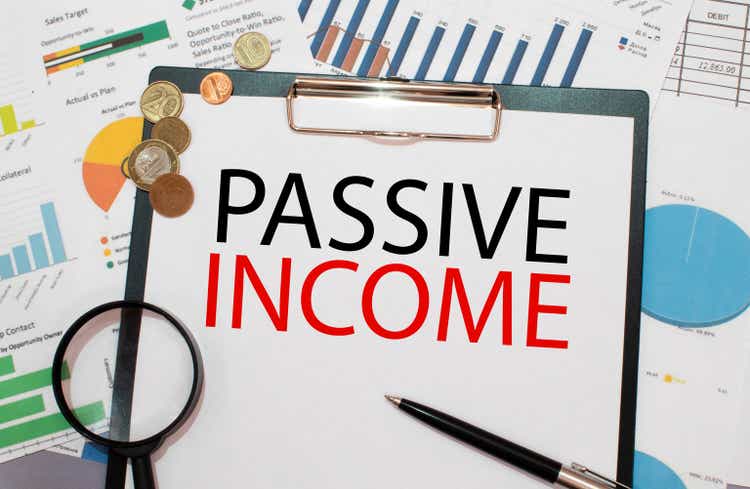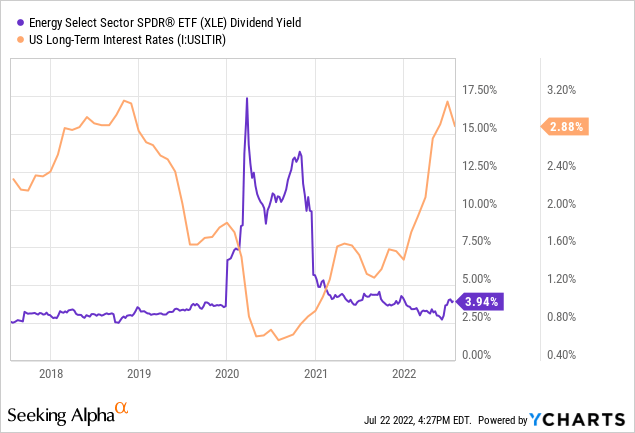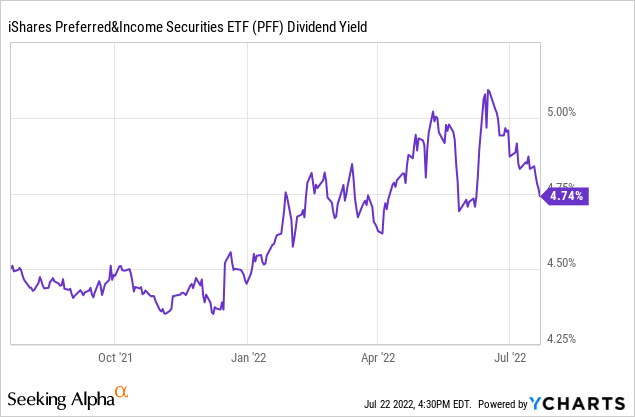Zolak/iStock via Getty Images
The Energy Select Sector SPDR ETF (NYSEARCA:XLE) is a highly popular exchange-traded fund (“ETF”) for investors looking for passive income from energy. However, there are several reasons why XLE is a less-than-ideal method for passive income investing. In this article, we share some individual energy-sector picks that we believe offer superior risk-adjusted passive income relative to XLE.
Reasons To Buy XLE
Before we discuss the downsides of the fund, we need to first admit that there are many good reasons to invest in XLE, including its vastly diversified and completely passive exposure to the energy sector. As a result, “know nothing investors” – to borrow a term from Charlie Munger – get exposure to large-, mid-, and small-cap energy companies through the fund, giving them a well-balanced portfolio. With the portfolio being dominated by leading energy companies like Exxon Mobil (XOM) and Chevron (CVX), the fund is well-positioned to deliver relatively low risk long-term returns that have a strong correlation to the energy industry.
On top of that, its paltry 0.10% expense ratio and significant liquidity due to having $33.16 billion in assets under management as of this writing mean that investors can trade in and out of, hold, or even trade options on this fund with little frictional loss. XLE enjoys narrow bid-ask spreads and charges investors a very low fee to manage their funds via its passive algorithm.
For perspective, one of the most popular actively managed energy funds – the BlackRock Energy and Resources CEF (BGR) – charges a lofty 1.11% expense ratio. To illustrate the difference in costs, $100,000 invested in XLE for a 20-year period at a 9% total return CAGR would result in paying a total of $10,194 in fees. The same amount invested in BGR at a similar assumed total return CAGR over the same period of time would result in a staggering $103,746 cost of fees. While BGR might (or might not) outperform XLE on a pre-fee basis, this enormous difference in fees places an enormous hurdle for BGR to overcome if it actually wants to generate alpha for investors net of fees over time.
Reasons To Not Buy XLE
There are three big reasons why passive income investors should not buy XLE right now.
First and foremost, as a yield instrument, it is not particularly attractive with only a 106-basis point spread between its dividend yield and long-term U.S. interest rates:

With interest rates widely expected to rise in the coming months and XLE’s dividend yield being subject to risk if a severe recession were to crush energy prices, it looks like share price downside could be in order for XLE.
Secondly, its 3.94% dividend yield – while certainly better than a lot of funds’ yields – is pretty paltry when viewed as a passive income source. Again, why – when we are very likely on the threshold of a recession – invest in a risky and volatile equity security like XLE when you can get far safer income and a higher yield from preferred equities (PFF)?

Last, but not least, XLE’s asset allocation is very unbalanced. While the 0.10% management fee looks really attractive, it effectively is much higher than that. This is because its top two holdings – XOM and CVX – constitute ~44% of its total holdings and its top ten holdings make up a whopping 76.1% of its total holdings. Therefore, investors are really paying that asset management fee for the remaining 23.9% of the portfolio. With so much concentrated in its top two and even 10 holdings, it really is a heavy bet on the very largest energy companies. Since this is the case, why pay a management fee at all, no matter how small the percentage is?
Investor Takeaway
Instead of buying XLE in the current environment, we believe passive income seekers would be better served by investing in the energy midstream sector (AMLP)(MLPA). We favor midstream over traditional E&P energy businesses for the following reasons.
First, midstream offers a vastly superior dividend yield. For example, AMLP currently offers a 7.9% dividend yield, which is exactly twice the current yield offered by XLE. If you are planning on living solely off of dividend income during retirement (which we think is prudent) as opposed to selling shares to supplement dividend income, you can retire with half the principal invested in AMLP than in XLE.
Second, midstream cash flows (and therefore distributions) are generally much safer than with traditional E&P companies. This is because pipeline contracts are often long-term and commodity and sometimes even volume resistant. As a result, midstream businesses generally generate remarkably stable cash flows through economic and industry downturns. In contrast, traditional E&P companies often see dramatic cash flow volatility during energy price crashes and even recessions.
Third, the midstream sector is in exceptionally strong shape right now, with capital expenditure budgets declining, free cash flow increasing, distributions seeing accelerating growth, and balance sheets flush with cash and seeing all-time lows in leverage levels. As a result, it is arguably the most attractive risk-adjusted sector for passive income right now.
While funds like AMLP and MLPA are fine for those looking for instant diversification and a 1099 tax form, our favorite picks in the sector right now include investment grade K1-issuing MLPs like Energy Transfer (ET), Enterprise Products Partners (EPD), and Plains All American (PAA). On the 1099-issuing C-Corp side of the house, we particularly like Plains GP (PAGP), Enbridge (ENB), and Kinder Morgan (KMI).
Investors who are focused on passive income and want exposure to the energy sector would get a lot more bang for their buck if they skip the traditional energy companies and funds like XOM and XLE, and instead invest in midstream funds like MLPA and AMLP or even investment grade individual businesses like EPD or ENB.


Be the first to comment